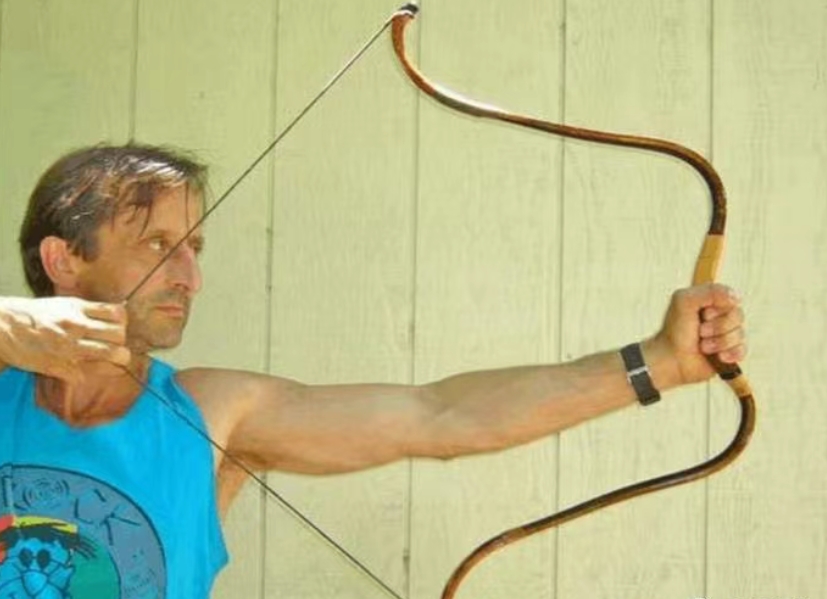Release time:2025-05-07 16:37:54Clicks:author:SPG ArcheryMain categories:Bows, Arrows, Archery Accessories

1. The bow is short, light and efficient
2. The bow arm and bow tip are both recurved. When the bow is not strung, the bow body is in a recurved C shape or even a recurved circle. It uses the recurve or ridge to increase the hardness of the front end of the bow arm, rather than increasing the thickness, so as to concentrate the deformation at the rear end of the bow arm.
3. The bow tip with an outward curvature is used to fully squeeze the lower end of the bow arm after the bow is opened. Because of the angle of the force lever, after the bow is opened, the front section of the bow arm gradually closes inward while the angle with the bowstring increases, and the force is reduced. At this time, the outward curvature of the bow tip has been fully opened, and the tension direction of the bowstring has reached the best angle, so it can concentrate on squeezing the rear end of the bow arm.
The representatives of this bow series are: Scythian bow. We have no way of knowing who invented the earliest horn bow and what the bow shape was.
However, the oldest existing horn bow is the Scythian bow.
Features of the Scythian bow:
1. A significant snake-like bow shape, with a large inward concave at the grip.
2. The bow arm is recurved, which intensifies at the bow tip, forming a semicircular shape and curling inward. After stringing, the bow tip curls outward, and the curled bow tip can fully squeeze the bow arm after the bow is opened. In addition, unlike other horn bows in this series, the bow tip of the Scythian bow is elastic, and the curvature of the bow tip is gradually unfolded when the full bow arm is pulled to the limit. The recurvature of the bow arm increases the hardness of the front half of the bow arm, so that this section of the bow arm is still hard and slightly curved inward after stringing, and the deformation is concentrated at the rear end of the bow arm.
3. There is a string groove
to ensure that the bowstring does not fall off, and the string groove later evolved into a string pad.
4. The bow body is extremely small, and the design of large recurve and bow tip curling outward is still considered extremely useful even in today's technologically advanced world. Modern recurve is a good example. The bows of the large recurve series have inherited these characteristics more or less. Therefore, the Scythian bow can be said to be the ancestor of all small-tip bows, earth bows, crab foot bows and even Qing bows. Judging from the existing data, most of the horn bows used in China before the Han Dynasty were of this Scythian shape, as reflected in our oracle bone inscriptions, bronze inscriptions, and some paintings and sculptures before the Eastern Han Dynasty.